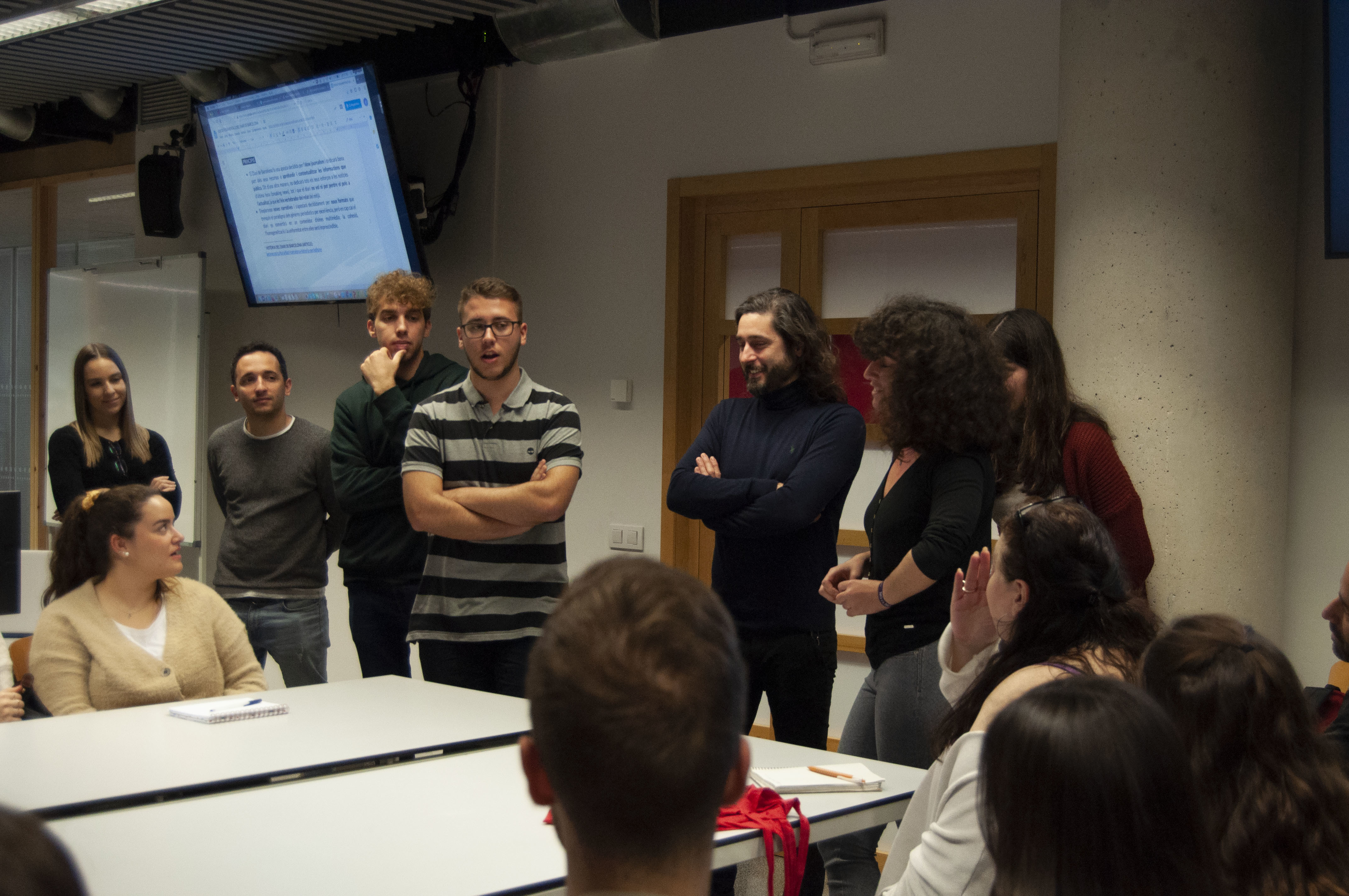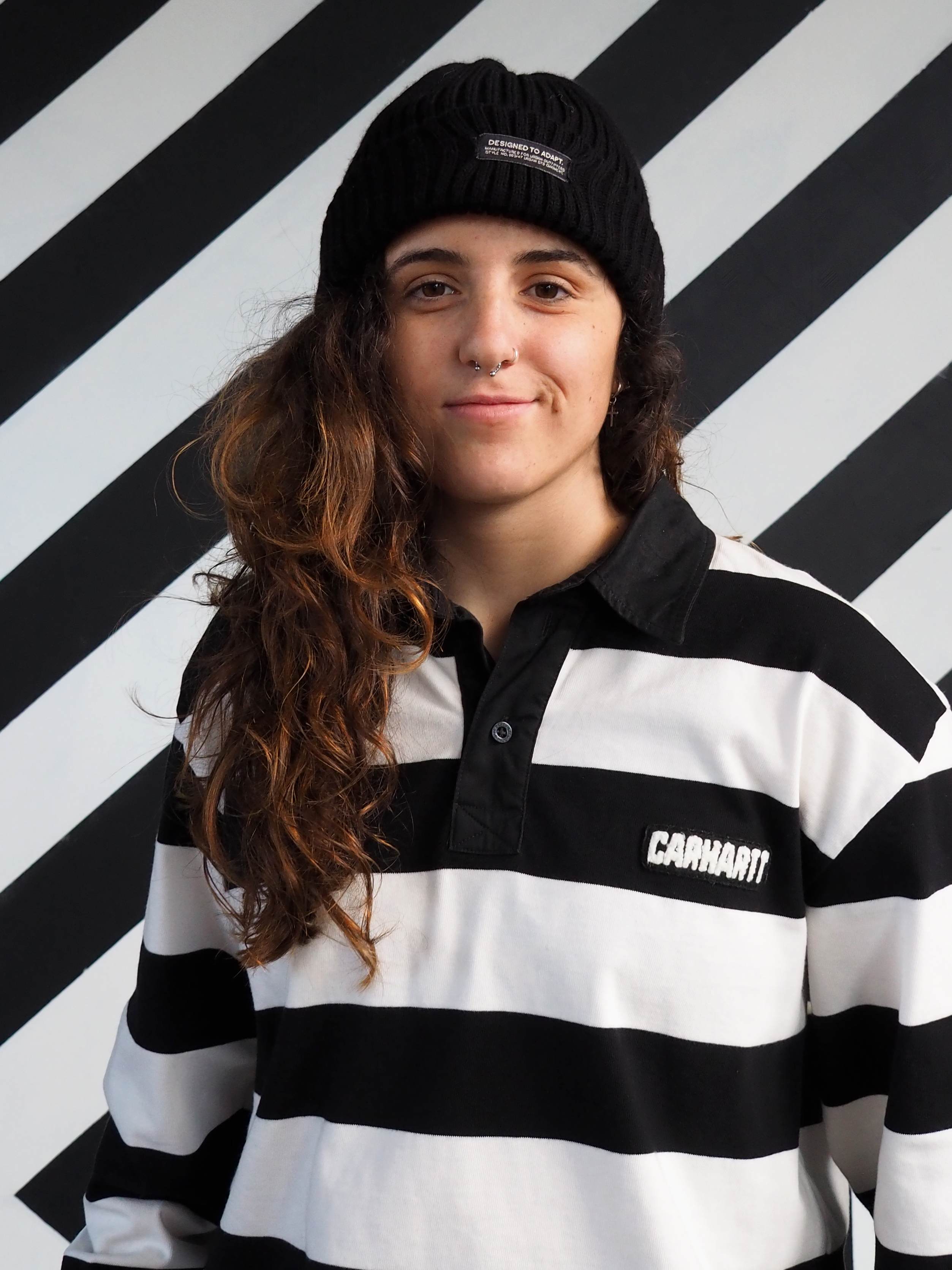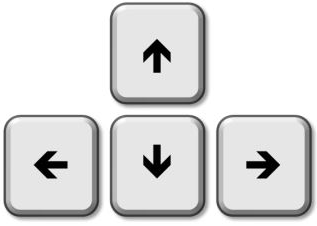Des del campus
10. From campus
UPF revives Diari de Barcelona with a view to making it the journalistic voice of young people
Continental Europe’s oldest newspaper was relaunched on 30 April through an agreement between UPF and Barcelona City Council, which has owned the property since 1985. The new digital publication is also proving to be a powerful teaching tool for studies related to the field of communication.
Continental Europe’s oldest daily was revived on 30 April by a group of students, mostly from the Faculty of Communication at UPF. According to Roger Cassany, a lecturer in the university’s Department of Communication and one of the project’s coordinators, the new newspaper is ‘the journalistic voice of a generation’. What makes it unique, he explains, is that it is ‘a general-interest newspaper made in a university context, but not a university newspaper’. As such, it is a pioneering initiative in Spain and Europe.
The long-sought project is the result of an agreement signed in 2019 between UPF and Barcelona City Council, which acquired the property in 1985. Diari de Barcelona has been relaunched as a non-profit publication, with a cross-platform format, targeted at a young audience between the ages of 16 and 30.
The exceptional situation brought on by the Covid-19 crisis failed to prevent it from coming out on the planned launch date, namely, 30 April, one day after the last paper edition of the newspaper was published, on 29 April, in 1993.
UPF has become the only university in Spain or Europe to have a general-interest publication not limited to university affairs
The proposal, spearheaded by students from the university’s bachelor’s degree programme in Journalism and coordinated by teaching staff and communication professionals, aims to report on the news from a local and global perspective that allows young people to understand the reality of the city, Catalonia, Spain and the world. It is committed to rigorous journalism, innovative formats, truth and pluralism in the news. The content is delivered through a digital platform that combines several communication formats with the aim of becoming a 360-degree media outlet: a digital newspaper, with texts and photos; video and audio media in some of the stories; live streams; radio podcasts; IPTV; and new journalistic formats.
A team in step with the times that is constantly renewed
The new media outlet is being produced mostly by students from the bachelor’s degree in Journalism, but also from the bachelor’s degrees in Audiovisual Communication and Advertising and Public Relations. A group of lecturers and students from the bachelor’s programme in Journalism worked for months to make the new Diari de Barcelona a reality, with a format in step with the times and today’s information consumption habits. After a long ideation, design and organization process, they managed to create the young publication, fully adapted to the 21st century. It is a unique multidisciplinary project, an experimental laboratory that has allowed UPF students to achieve an innovative, cutting-edge result.
After almost nine months of intense work by the students who first revived the newspaper as part of their final-year project, a new crop of students has successfully taken over as the editorial staff. Like their predecessors, they are engaging in this learning experience in the context of their final-year project, as a curricular internship or as part of the subject ‘Integrated Journalism Workshop’.

In fact, this is one of the challenges and virtues of the new media outlet. Every three months, the bulk of the editorial staff changes, ensuring that both the style and the approach to the issues covered are constantly renewed. It can even result in the emergence of temporary new sections.
With regard to the content, Malena Ramajo, one of the 14 journalism students who has participated in the newspaper’s ideation from the start, explains, ‘The five main topics are the environment, housing, feminism, invisible groups and the future.’ These topics clearly reflect the specific concerns of the young people who make up the publication’s main target audience.
According to Ramajo, another of the newspaper’s distinctive traits ‘is who designed it and who makes up the editorial staff, namely, students in their early twenties. You do not see that in any other newsroom.’ She adds, ‘They are also not subject to any power or advertising that could condition their independence.’
Despite being launched in the middle of the coronavirus pandemic lockdown, which entailed various limitations with regard to the originally planned content, according to members of her team, ‘It ended up being another challenge to overcome and a new learning opportunity experienced as part of the project.’
‘We look at things differently’, a bold motto that sets the tone for the newspaper
The Diari de Barcelona launch campaign, created by students from the bachelor’s degree programme in Advertising and Public Relations, used the slogan #Miremdiferent (We look at things differently). Indeed, the new outlet seeks to reflect the viewpoint of Generation Z, which is often neglected in mainstream mass media. It covers issues of interest to young people from a social, political and cultural perspective. This includes, for example, articles about the strategic use that politicians are starting to make of social media such as TikTok; links between art, fashion and sustainability; or responsible social snapshots of different neighbourhoods, such as the photo essay on young immigrants struggling to make their way through Plaça de la Trinitat Vella. It also wants to shine a spotlight on young voices and talents, through interviews with exponents of the urban and fringe scenes, such as La Tiguerita or Monique Makon.
‘The newspaper is reaffirming its commitment to feminism, one of its founding pillars. It is doing it in coordination with the subject “Journalism with a Gender Perspective”, offered in the degree programmes in Communication’, explains Carles Pont, director of the bachelor’s degree programme in Journalism at UPF. For example, in August, the daily published several articles looking at parity at various musical festivals. It has likewise explored the situation of women in other cultural fields, such as theatre or publishing.
One innovative section launched this summer is ‘Lectura obligatòria’ (Required reading), a fortnightly space where editors revisit required reading from their teenage years and offer new and particular readings from the vantage point of 2020. The first instalment of this literary column was about the book Tirant lo blanc.
Finally, Diari de Barcelona continues to make its own graphic covers, which have allowed it to explain some of the most salient events to take place in Barcelona during the pandemic, as well as other news from far outside the Catalan capital but nevertheless equally important. ‘Valuing the language of images and video is one of the main goals set by the reborn Brusi’, Pont explains, referring to the paper by a former nickname.
The newspaper is also heavily influenced by social media. Amongst other things, it features a weekly section called FrikiTok on the latest trends on TikTok. Furthermore, to initiate those who are no longer so young, it has developed Tiktokpèdia, with entries on the concepts, codes and slang used by the increasingly popular social network. TikTok is a source of information for the editors, many of whom are users. Unsurprisingly, Diari de Barcelona has its own account. It uses its TikTok account to take a humorous approach to current issues. It also uses it to shine an informal light on everyday life in the newsroom.
The new masthead, winner of a contest amongst design students
The new Diari de Barcelona masthead was designed by Lídia Jurado, a student on the bachelor’s degree programme in Design at Elisava. Jurado won the open public contest held amongst students from bachelor’s degree programmes in Design in Catalonia.


The contest was specifically aimed at young professionals with specialized training in design, in keeping with the new media outlet’s values. A total of eight entries were received. The jury highlighted the originality of the winning entry, considering it the option that best represented the generational voice and could most easily be adapted to the values the new Diari de Barcelona wants to convey.
According to the young winner, the masthead design is intended to project the newspaper’s values, focusing on the news with a fresh perspective. To this end, the logo is an eye represented in three different formats, a way of seeing things related to concepts and sensations that Barcelona communicates to us.
The stylebook, made by students from the Faculty of Translation and Language Sciences
The project’s multidisciplinarity and pedagogical potential can be seen, amongst other things, in the participation of a group of students from the Faculty of Translation and Language Sciences in the creation of the newspaper’s stylebook, under the supervision of teaching staff from the faculty.
The Diari de Barcelona model is based on the standard variety of Catalan, although it does not penalize certain fully accepted dialectical particularities. The main linguistic criteria are based on the use of ‘correct, functional, modern and, at the same time, plain’ language to facilitate the work of users and make it easy to look things up quickly. The stylebook is also clearly committed to making the newspaper’s language agile, rich and accessible.
The manual includes a glossary of the most common mistakes made by the editors during the first few weeks with the aim of facilitating the work of both reporters and proof-readers. The Diari de Barcelona stylebook will be periodically reviewed with the aim of expanding and completing it.
Chronology of Diari de Barcelona
-
The first edition of the newspaper, founded by Pablo Ussón i Lepazarán, is published on 1 October
-
Antoni Brusi Mirabent buys the newspaper
-
The newspaper is acquired by Damià Mateu and, for the first time in more than a century, is no longer connected to the Brusi family
-
As a result of the order requiring press publishers to rest on Sundays issued during the regime of General Primo de Rivera, the newspaper stops coming out on Mondays for 58 years
-
The newspapers stops being published
-
On 24 November, publication of the newspaper resumes under Miguel Mateu, the first Francoist mayor of Barcelona
-
Publication of the newspaper is temporarily halted
-
Former workers resume publication under a self-managed scheme
-
The newspaper closes again and disappears
-
Barcelona City Council acquires the property
-
The first edition in Catalan is published on 14 March
-
The last print edition is published on 29 April
-
On 17 September, Barcelona City Council resumes publication of the newspaper, this time in digital format - www.diaridebarcelona.cat
-
In July, under the management of Barcelona Televisió, it becomes www.btvnoticies.cat, losing its name for good
-
On 30 April, UPF relaunches the newspaper in digital format

